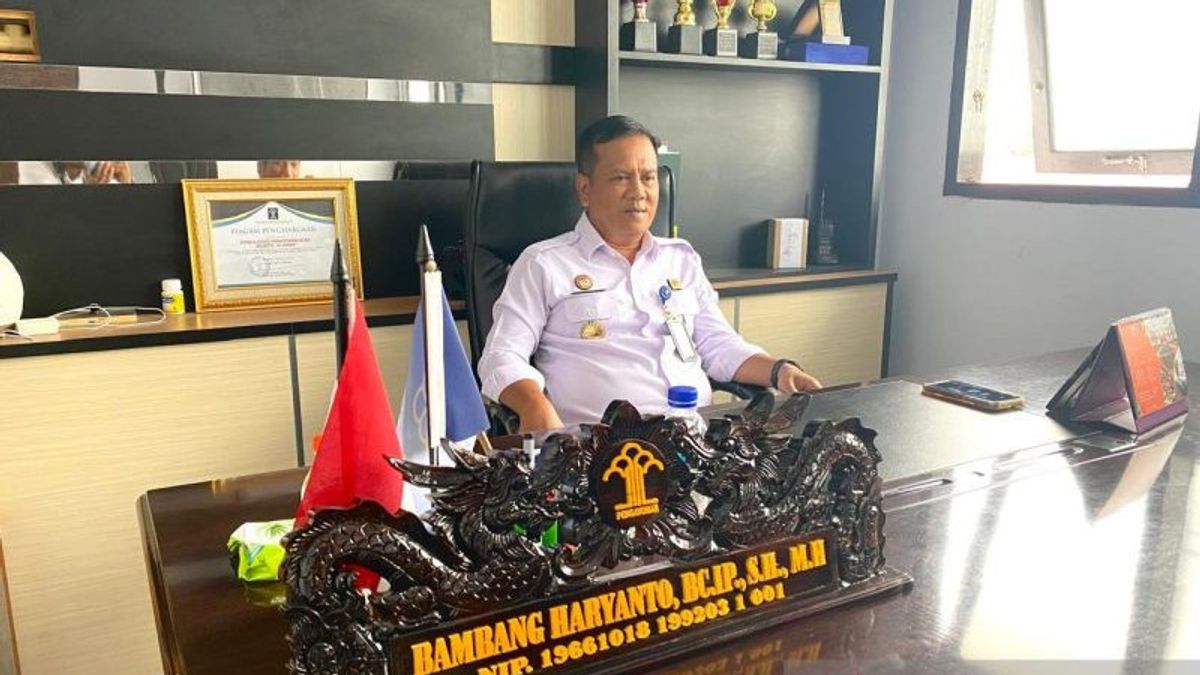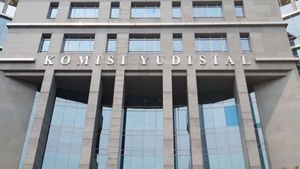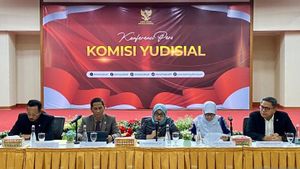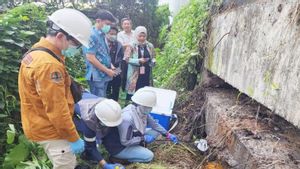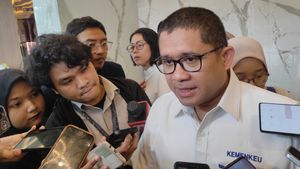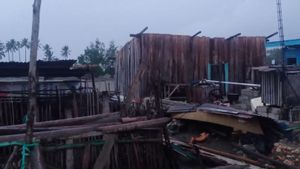KENDARI - The Regional Office (Kanwil) of the Ministry of Law and Human Rights (Kemenkumham) of Southeast Sulawesi (Sultra) said prisons and detention centers in this region experienced over-capacity reaching 87.02 percent.
Head of the Correctional Division (Kadiv) of the Regional Office of the Ministry of Law and Human Rights Sultra Bambang Haryanto said that currently prisons and detention centers throughout Southeast Sulawesi are filled with 3,516 prisoners and detainees, while the capacity should only be for 1,880 people.
"There are only 2,793 prisoners and 723 detainees. The overcapacity is around 87.02 percent and the most over are prisons and Kendari detention centers," said Bambang Haryanto when met in Kendari, Antara, Wednesday, September 11.
The inmates who filled prisons and detention centers throughout Southeast Sulawesi were dominated by drug convicts with 1,315 people, then cases of women and child protection as many as 861 prisoners.
"The corruption case (corruption crime) is 139 people, and the rest are general criminal cases, there are theft, embezzlement, and others," he said.
Bambang explained that the overcapacity of prisons and detention centers did not only occur in the Southeast Sulawesi region, but was almost evenly distributed throughout Indonesia, which was caused by the number of cases and lawbreakers.
He explained that the government has also made efforts to reduce overcapacity by resolving legal cases with restorative justice, so that it does not make all people who are litigating with the law have to enter prisons or detention centers, but can be resolved properly before the trial.
"The impact is that teenagers or children who fight with their friends, or maybe traffic cases that can be reconciled, or domestic violence can be reconciled. That can reduce," explained Bambang Haryanto.
Meanwhile, from the internal Ministry of Law and Human Rights, Bambang said that to reduce the overcapacity by means of redistribution between prisons or detention centers that were deemed to still be able to accommodate prisoners.
"But it can't reduce quickly. So, the UPT where the occupancy rate is no longer suitable for us to distribute it to prisons or other detention centers, so that there is an excessive avoidance in one of the prisons or detention centers," he said.
One of the other steps that is a program from the Minister of Law and Human Rights, is to launch a reintegration and assimilation program to accelerate prisoners to get an assimilation decree.
"Now the model is not to let prisoners wait for a decree (assimilation), but a decree waiting for prisoners, and how to make the process faster at the beginning, avoid being late," he added.
SEE ALSO:
The English, Chinese, Japanese, Arabic, and French versions are automatically generated by the AI. So there may still be inaccuracies in translating, please always see Indonesian as our main language. (system supported by DigitalSiber.id)
Most Popular Tags
#Prabowo Subianto #New Year #Mother's Day #nataru #NatalPopular
22 Desember 2024, 05:34
22 Desember 2024, 00:05
22 Desember 2024, 01:06
22 Desember 2024, 06:15
